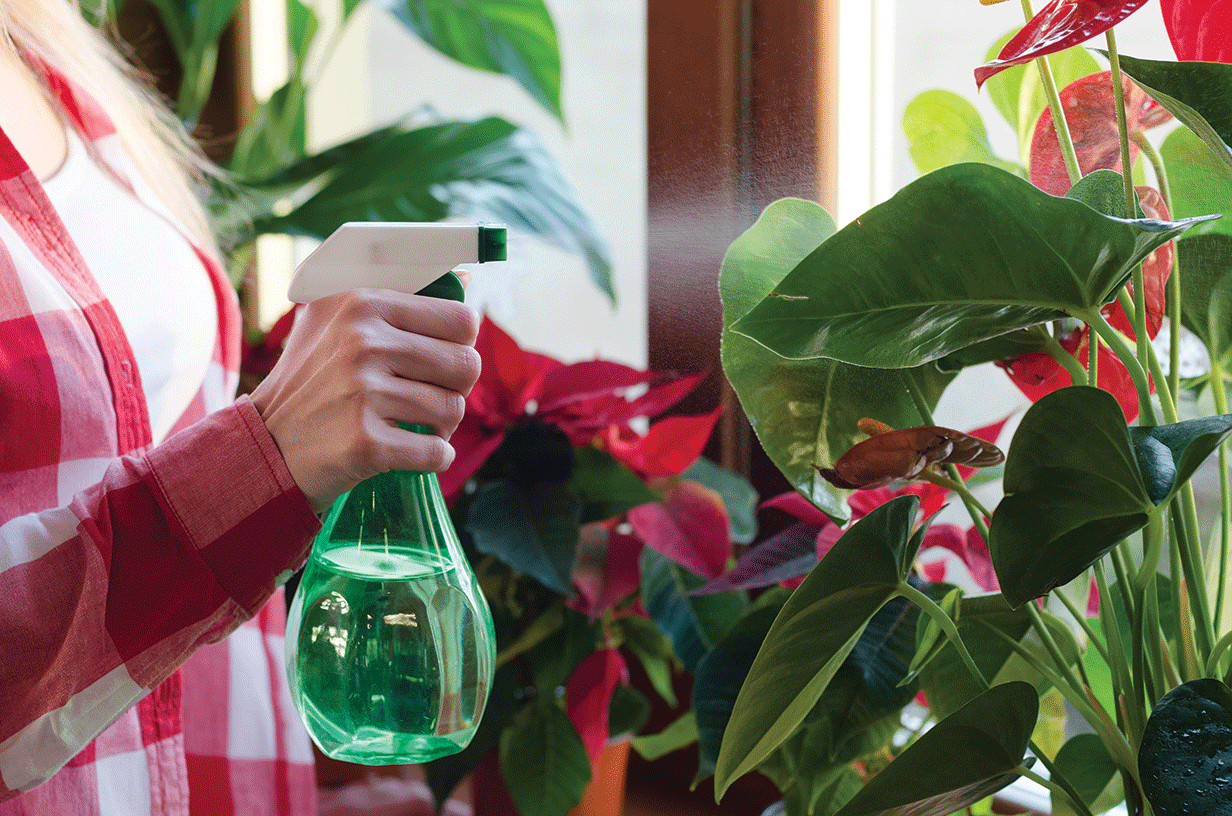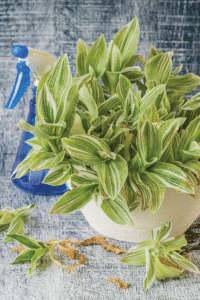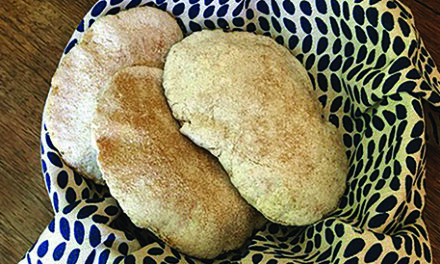Before you bring those potted plants indoors …

October weather can waver from late-season warm breezes to blustery blasts.
But as temperatures uctuate, crucial daylight plants depend on is irrevocably waning, and winter, waiting in the wings, prepares to make its decisive entrance, when it freezes whatever hasn’t withered away.
Though Labor Day marks summer’s unofficial finale for many, the season’s swan song begins the moment “vacationing” houseplants are relocated from their outdoor lodgings.
It’s tempting to prolong that final day, while temperatures don’t immediately threaten to plummet.
But delaying the inevitable ultimately puts plants at greater risk, according to Minneapolis gardener Amy Andrychowitz, whose “Get Busy Gardening” blog addressed some of the dangers.
A sudden onset of considerably colder air can trigger leaves to drop; it can even prove fatal for a less-than-healthy plant.

A sudden onset of considerably colder air can trigger leaves to drop; it can even prove fatal for a less than healthy plant.
But abrupt climate change from brisk outdoor temperatures to balmy indoor spaces, can be just as harmful, causing traumatic shock, Andrychowitz advised.
To avoid this, she recommends moving houseplants back indoors at least two weeks prior to the average expected first frost date.
In the Mid-Shore area, 2017’s initial 32-degree date can be reasonably predicted, if not specifically forecast, via a chart offered through the University of Maryland Extension Service.
The chart reveals that 90 percent of former first frost dates for Cambridge, Chestertown, and Denton have occurred during the first two weeks in November.
Many gardening gurus suggest breaking down the move into graduated steps, repositioning plants either to enclosed porches for a few hours a day, or inside the home overnight at first, allowing them time to gently adapt to lower doses of light and humidity levels.
Barbara Ellis, author of “Chesapeake Gardening and Landscaping: The Essential Green Guide,” and the blog “Eastern Shore Gardener,” cautioned that the greatest strain on winter houseplant health comes from the fact that most homes are just too warm.
While Coleus and a few others are comfy in cozy conditions, many others, like cacti and succulents, geraniums, parsley, and one of her favorites, Clivia, a hardy, South African bloomer reminiscent of Amaryllis, prefer winter hibernation which feels more fall-like.
For this reason, Ellis’ maintains a windowed garage outfitted with plug in radiator set to activate when the temperature dips below 40 degrees, protecting the dormant slumber of the inhabitants who fill the space each year with no danger from either killer frost or stifiing heat.
Ellis also makes it a point to inspect each specimen for bugs prior to indoor reentry.
Experience has taught her to advise others to “put your reading glasses on” when searching to intercept even the smallest hangers-on, such as aphids, gnats, lacewings, and spider mites, which tend to hide on the undersides of leaves.
One of the toughest types of infestation she’s tackled, and hopes others can avoid, is the scale bug.
Occurring as armored, soft, and mealybug varieties, the tough, pesky parasites thrive in warm, dry home environments and basically suck the nutrients from inside the plant.
Difficult to remove, they are readily spread by unwitting accomplices such as curious cats, who jump atop tables to explore houseplants, then carry them to the next one, Ellis noted, once again from personal experience.
While alcohol and cosmetic sponges for removing individual scale is one widely recommended removal method, Ellis swears by environmentally safe horticultural oil, available at garden centers, which proved to be her salvation during a particularly bad infestation.
Neem oil is another such safe and natural repellant.
For bugs hiding below the soil’s surface, Ellis advocates soaking the entire pot in a tub of water; Andry- chowitz immerses hers for 15 or 20 minutes, and adds a few squeezes from a bottle of Dr. Bronner’s Baby Mild Organic Liquid Soap.
Afterwards, she scrubs the outside of the pot with a bristle brush speciffically for the job.
Other gardeners use steel wool or nylon scrubbing pads.
As for repotting and pruning, here are two schools of thought. For practical maintenance purposes, this seems to be the perfect time to move a root bound plant into a larger container, along with a few ornamental branches or even root trimmings.
As Andrychowitz points out, home tidiness is best served by taking care of such chores while still outdoors.
But Ellis and others prefer waiting for spring’s onset to make any such alternations, feeling that doing so might unnaturally trigger the signal to start growing, just as the plant is settling down for its long winter’s nap.





